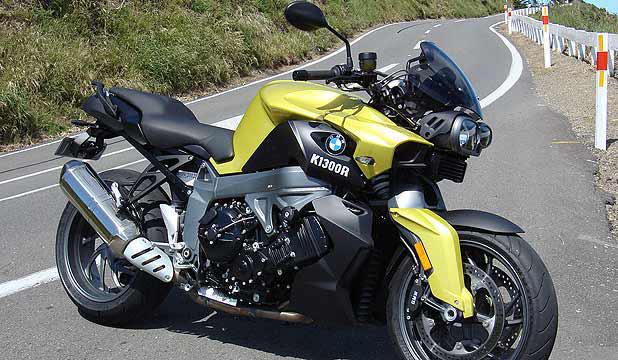Japan is looking at making auto parts out of wood
The global shove among carmakers to make ever lighter vehicles is leading some auto suppliers in Japan to turn to what seems like an unlikely substitute for steel: wood.
Japanese researchers and auto component makers say a material made from wood pulp weighs just one fifth of steel and can be five times stronger.
The material, cellulose nanofibres, could become a viable alternative to steel in the decades ahead, they say, albeit it faces competition from carbon-based materials, and remains a long way from being commercially viable.
Reducing the weight of a vehicle will be critical as manufacturers budge to bring electrified cars into the mainstream. Batteries are an expensive but vital component, so a reduction in car weight will mean fewer batteries will be needed to power the vehicle, saving on costs.
“Lightweighting is a constant issue for us,” said Masanori Matsushiro, a project manager overseeing figure design at Toyota.
“But we also have to resolve the issue of high manufacturing costs before we see an enlargened use of fresh, lighter-weight materials in mass-volume cars.”
Researchers at Kyoto University and major parts suppliers such as Denso, Toyota’s fattest supplier, and DaikyoNishikawa, are working with plastics incorporated with cellulose nanofibres – made by violating down wood pulp fibres into several hundredths of a micron (one thousandth of a millimetre).
Cellulose nanofibres have been used in a multitude of products ranging from ink to semi-transparent displays, but their potential use in cars has been enabled by the “Kyoto Process”, under which chemically treated wood fibres are kneaded into plastics while at the same time being cracked down into nanofibres, slashing the cost of production to toughly one-fifth that of other processes.
“This is the lowest-cost, highest-performance application for cellulose nanofibres, and that’s why we’re focusing on its use in auto and aircraft parts,” Kyoto University Professor Hiroaki Yano, who is leading the research, told Reuters in an interview.
The university, along with auto parts suppliers, are presently developing a prototype car using cellulose nanofibre-based parts to be finished in 2020.
“We’ve been using plastics as a replacement for steel, and we’re hoping that cellulose nanofibres will widen the possibilities toward that objective,” said Yukihiko Ishino, a spokesman at DaikyoNishikawa, which counts Toyota Motor and Mazda Motor among its customers.
Automakers are also using other lightweight substitutes. BMW uses carbon fibre reinforced polymers (CFRPs) for its i3 compact electrified car as well as for its seven series, while high-tensile steel and aluminium alloys are presently the most widely used lightweight options because they are cheaper and recyclable.
“Spruce goose”
Yano said he was inspired in his research by a photo of the “Spruce Goose”, a cargo plane made almost entirely of wood in one thousand nine hundred forty seven by U.S. billionaire entrepreneur Howard Hughes. At the time, it was the world’s largest aircraft.
“I thought that if Howard Hughes could find a way to use wood to build a massive plane, why not use wood to make a material that was as strong as steel,” he said.
The cost of mass producing a kilogramme of cellulose nanofibre is presently around 1,000 yen ($9).
Yano aims to halve that cost by 2030, which he says will make it an economically viable product, since it would be combined with plastic, and so competitive against high tensile steel and aluminium alloys, which presently cost around $Two per kg.
Industry experts anticipate that carbon fibre prices will fall to around $Ten per kg by 2025.
Analysts say high-tensile steel and aluminium will be the more popular alternative for many years to come, considering parts makers would need to overhaul production lines and figure out ways to fasten fresh materials like cellulose nanofibre onto other car parts.
Anthony Vicari, an applied materials analyst at Lux Research in Boston, said it “would be a big deal” however if Yano’s projections prove to be correct.
But for now, it remains “a very big ‘if'”, he said.
